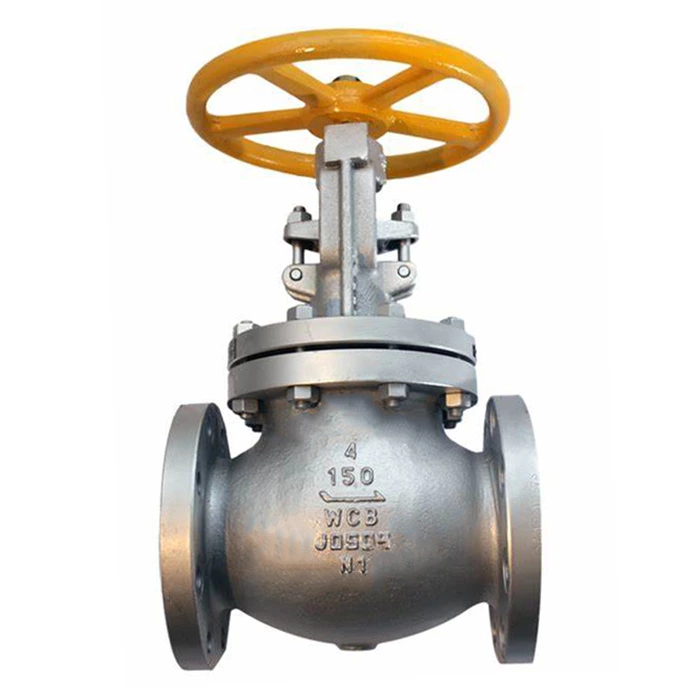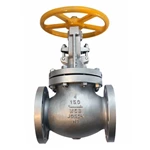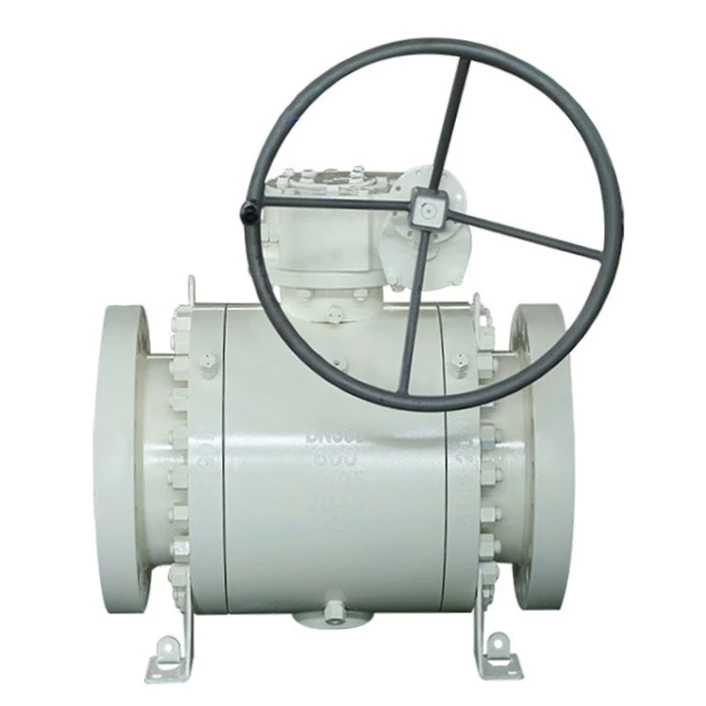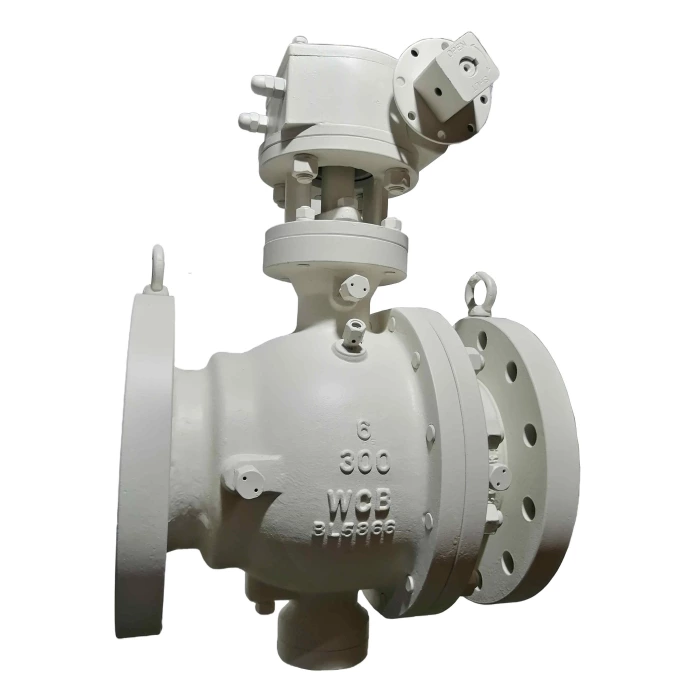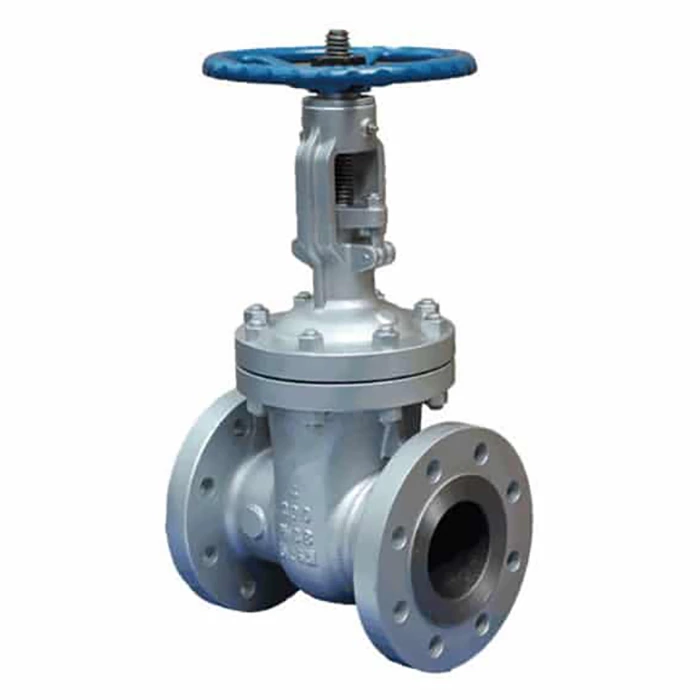BS 1873 Globe Valve
BS 1873 globe valves ensure durability, precise flow control, and compliance with stringent industrial standards.
-
Precise flow control due to linear motion of the disc.
-
Durable construction for high-pressure/temperature services.
-
Interchangeability with global piping systems.
- Valve Type
- Globe Valve
- Standard
- BS 1873
- Unit Price
- $55-26000
- Origin
- China
1. Scope & Valve Types
- Valve Types:
- Straight-Pattern Globe Valves: Standard design for general flow control.
- Angle-Pattern Globe Valves: Redirects flow direction by 90°, reducing pipe fittings.
- Y-Pattern Globe Valves: Low-resistance design for high-pressure systems.
- Application: Designed for throttling, regulating, or isolating fluid flow in pipelines carrying liquids, gases, or steam.
2. Size & Pressure Ratings
- Size Range: Typically DN 15 (½") to DN 300 (12"), though larger sizes may be custom-manufactured.
- Pressure Classes:
- ASME B16.34 Classes: 150, 300, 600, 900, 1500, 2500.
- PN Ratings: PN10 to PN400 (depending on design).
3. Materials
- Body/Bonnet: Carbon steel (e.g., ASTM A216 WCB), stainless steel (e.g., A351 CF8M), alloy steels (e.g., WC6, WC9).
- Trim Components:
- Disc/Seat: Hardened stainless steel, Stellite, or other wear-resistant alloys.
- Stem: Stainless steel (e.g., SS304/316) with anti-galling properties.
- Gaskets: Graphite, PTFE, or spiral-wound metal for high-temperature/pressure sealing.
4. Design Features
- Body-Bonnet Connection: Bolted bonnet (standard for high-pressure applications) or pressure-seal bonnet (for Class 600+).
- Stem Design: Rising stem (visible indicator of valve position) or non-rising stem (compact design).
- Disc & Seat:
- Disc Types: Plug, needle, or composition disc for throttling/shutoff.
- Seat Design: Integral, replaceable, or welded-in seats for tight shutoff (metal-to-metal or soft-seated).
- Sealing: Metal-to-metal or soft-seated (for bubble-tight shutoff).
- Flow Direction: Typically flow-under-the-seat to reduce operating torque.
5. Testing & Certification
-
Shell Test: 1.5x rated pressure to verify body integrity.
-
Seat Test: 1.1x rated pressure to ensure leak-tight closure (leakage rates per ISO 5208, e.g., Class B or D).
-
Hydrostatic Shell Test: 1.5x rated pressure (ASME B16.34).
-
Seat Leakage Test: 1.1x rated pressure to ensure leak-tight closure (leakage rates per ISO 5208, e.g., Class B or D).
-
Backseat Test: 1.1x rated pressure to validates stem sealing under pressure.
-
Functional Test: Verification of smooth operation under specified pressure.
-
Certification: Manufacturers provide test certificates (e.g., EN 10204 3.1) confirming compliance.
6. Pressure-Temperature Ratings
- Rated using ASME B16.34 or ISO 7005 tables, depending on material and class.
- Example: Carbon steel (WCB) at Class 150 has a max working pressure of ~19 bar at 100°C.
7. Marking & Identification
- Mandatory Markings:
- BS 1873 standard number.
- Size (DN), pressure class (e.g., Class 300), and material grade.
- Manufacturer’s name/trademark, flow direction arrow, and heat number for traceability.
8. Applications
- Typical Uses:
- Steam systems (power plants, boilers).
- High-pressure oil/gas pipelines.
- Chemical processing with corrosive media.
9. Referenced Standards
- Flanges: BS 4504 (PN) or ASME B16.5 (Class).
- Materials: ASTM/EN standards for steel grades.
- Testing: ISO 5208 for seat leakage.
Leave Us Your Info
Could you please kindly fulfill the following information when enquiring:
Valve type (ball, gate, globe, check etc.), valve size, pressure class, valve material, and end connection (flanged, butt welding etc.)
